Some points to think about when you’re walking, cycling or riding on the St Olavsleden trail:
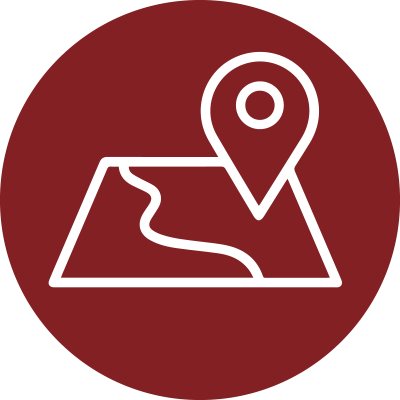
Plan beforehand
Planning beforehand makes it is easier to take care of nature when you’re out and about.
Read up and think through your hiking trip; the best way of breaking it down into daily stages, opening hours of places to stay, your clothing and what to pack. Don’t forget to take a refuse bag to keep your waste in. In this way, we don’t leave any traces behind, which is essential if we want to go on enjoying the natural and cultural environments the St Olavsleden has to offer, from coast to coast through two countries.
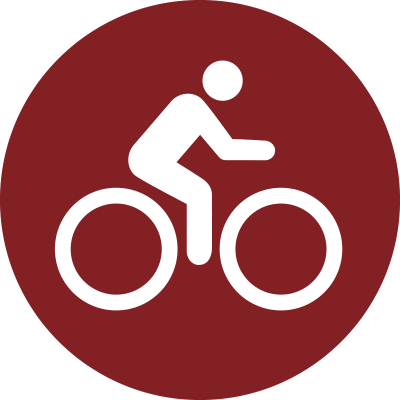
Keep to the marked path
Take care of forest and land by cycling, riding or walking on the paths of the St Olavsleden trail.
All cyclists are urged to stick to the cycle path and keep control of their bike – before passing others, politely let them know of your presence, and continue with caution.

Show consideration for private and cultivated land
The right to roam gives us the freedom to move around almost everywhere in nature.
One of the most important points of outdoor ethics is that we show respect for other visitors and, of course, for landowners. You must not cut cross someone’s private grounds, for example, or come so close to houses that the residents are disturbed. There is no precise rule, but if you keep a distance of 60-70 metres, you’re probably on the safe side. Ask the landowner if you’re unsure. It’s important to show respect for cultivated land – never walk over land used for growing crops. It is your responsibility to walk along the edge, so that nothing is trodden on and destroyed.
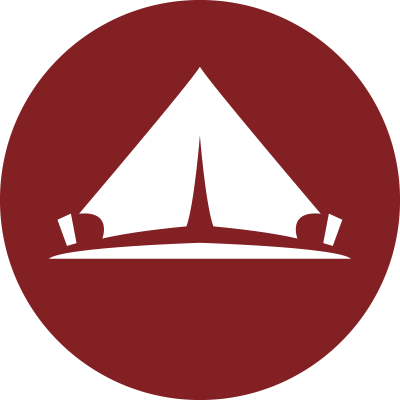
Camp in the right place and when permitted
Choose a camp site where you won’t be disturbing the landowner or damaging nature, and don’t stay for longer than a few days.
Don’t camp on grazing ground or land that is used for agriculture or planting. Always leave the site as you found it, and take whatever you unpacked home with you.
Remember that outside toilets and barbecue areas may be private if they’re adjoined to a dwelling, and so won’t be free for you to use.

Take care when lighting fires
It’s nice and atmospheric to sit around an open fire, but the right to roam does not automatically entitle you to light fires.
You may light fires safely in the locations designated along the St Olavsleden trail, so that there is no risk of the fire spreading or damaging land, animals and plants.
Lighting fires may be prohibited locally at certain times. It is your responsibility to find out what the rules are. Keep yourself updated by visiting the county administrative board’s website:
Västernorrland (Sundsvall – Borgsjö) County Administrative Board
Jämtland (Bräcke – Norska gränsen) County Administrative Board
Choose a prepared site if you want to light a fire. You should not light fires on or near moss, peat or earthy forest land, for example, where the fire could still smoulder and spread after you have left. Don’t light fires on rocks either, as the rock could crack from the heat.
Standing trees, dead or alive, provide homes for birds and insects if left intact. The same applies to fallen trees, which are extremely important for biological diversity. Therefore, you must not chop, saw or split them for firewood. However, the right to roam allows you to use fallen branches, twigs and cones lying loosely on the ground. Do not burn rubbish – a barbecue is not a place for refuse incineration. Always extinguish the fire properly with water, and remember to take whatever you unpack home with you.

Take your rubbish with you
All littering is forbidden. “Unpack it, pack it” is a mantra we would recommend to all visitors to the St Olavsleden.
Plastic bags, cigarette butts, fishing lines, and also organic waste such as orange peel, melon peel and pistachio shells are harmful to animals and our environment if they are not disposed of properly. Take your rubbish home with you if no waste bins are available, and pick up any rubbish you find – we all share a responsibility to clean up after ourselves before leaving picnic sites and resting places.
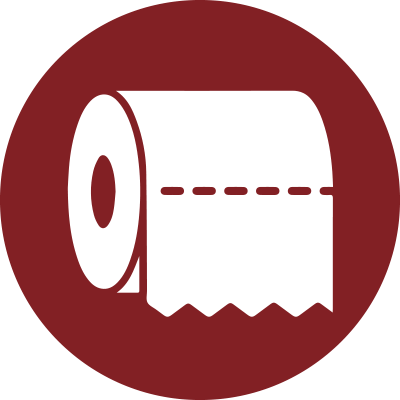
Answer the calls of nature properly
On a 580 kilometre trail, you will need to answer the calls of nature sooner or later.
If there is no toilets or latrine nearby, walk at least 100 metres from the path and dig a hole in the ground. Be prepared by packing a spade and toilet paper. The toilet paper can be buried, burned (if there is no fire-lighting prohibition) or placed in your waste bag. Do not throw toilet paper away in nature.
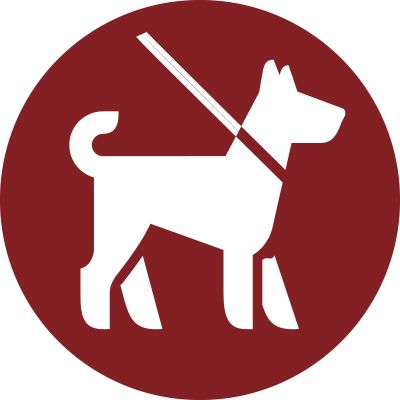
Keep an eye on your four-legged friend
Your dog is welcome to accompany you along the St Olavsleden trail, with some restrictions.
Apart from a valid vaccination card and tick repellent, you need to provide your dog with water and food, so it’s important to plan your hiking trip and pack extra items. A dog should always be kept on a leash if it doesn’t come to you immediately in response to your calls, and at the maximum distance of a leash. Some parts of the St Olavsleden pass through reindeer grazing areas and agricultural land, where you must keep your dog leashed by law. This is especially important during the period from 1 March to 20 August.
Special rules apply if you want to take your dog with you across the border into Norway. Find out what rules apply on the Norwegian Food Safety Authority’s website. Guidelines: How to travel with your pet | Norwegian Food Safety Authority
Bear in mind also that some breeds of dog are prohibited in Norway, and may not be taken into the country. The current list of prohibited dogs can be found here. Prohibited dogs (breeds) | Norwegian Food Safety Authority

Show consideration for other animals and people
The right to roam applies to all of us, so show consideration as you make your way, so that you do not frighten other animals or disturb other people.
Stretches of the trail run through or alongside agricultural land, which we are proud of, so please don’t feed livestock, don’t disturb them and don’t let your dog get too close. We do not recommend walking through a paddock with your dog, even if it is on a leash, as cows may become curious and also be protective of their calves. Always walk around it if you have a dog or a bike with you.
The entire St Olavsleden trail takes you through areas that are characterised by Sami culture and centuries of reindeer breeding. This is particularly so in the mountains. When hiking or cycling on reindeer grazing land, it’s important to remember that mountains and forests are the workplaces of reindeer breeders, and the grazing grounds are for the reindeer. If you come across a reindeer, you should stop and try to increase your distance. You should also keep quiet, as reindeer are sensitive, especially during the spring calving period. If you have a dog with you, it must be kept on a leash at all times.

Bathe in the right place
You may bathe almost everywhere, apart from developed plots, or where access is prohibited, for example, to protect birds. If you’re unsure whether the spot where you intend to bathe is too close to someone’s home, knock and ask the home owner if it’s okay before taking a refreshing dip.
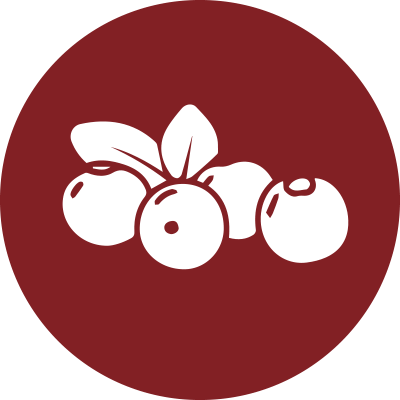
Picking flowers, berries and mushrooms
Enjoy wild berries and mushrooms after your hike, and flowers that are not protected.
In this way, we are contributing to biological diversity and ensuring that the natural habitat of insects is not disturbed.
Find out more about picking flowers, berries and mushrooms from the Environmental Protection Agency.
http://www.naturvardsverket.se/Var-natur/Allemansratten/Det-har-galler/Plocka-blommor-bar-svamp/
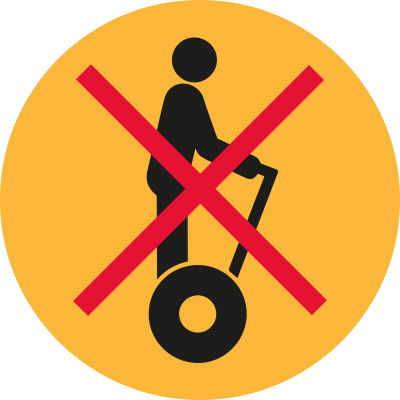
Opt out of electric bikes
Riding electric bikes, Segways or other small motorised transporters in natural surroundings is not permitted under the right to roam, which means that you may not use them on paths, trails or off-road without the landowner’s permission.
However, this does not apply to Class III bicycles, meaning an electric vehicle without pedals or cranks that is intended for use by individuals with physical disabilities – for example, an electric wheelchair.

Be attentive during the hunting season
The hunting season for bears and mountain birds in areas along the trail starts in mid-August, and elk hunting starts in September.
There’s no problem walking in forests and mountains along the St Olavsleden at this time, but we ask you to be attentive. Hunters appreciate it if you wear something colourful, and maybe even sing or talk to yourself a little as you go along.
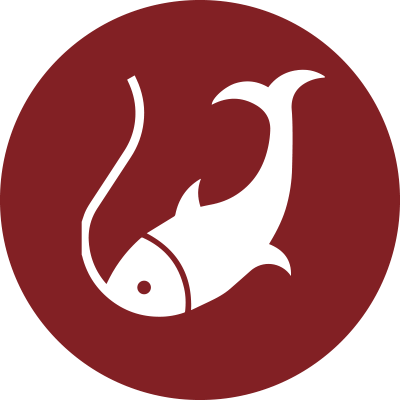
Fishing with the right permit
Fishing is not included in the right to roam. If you want to fish along the St Olavsleden, you will need to check what the local rules are for where you intend to fish.

ChoosING drinking water
The water quality in Sweden and Norway is good, and flowing water such as streams, brooks and rivers along the trail is normally drinkable.
However, we are unable to foresee incidents of incorrect handling of waste, for example, or take responsibility for ensuring that the water you drink is of drinking quality. For safety’s sake, you can boil the water, or use water purification tablets. There are numerous food stores, petrol stations and cafés along the trail where you can buy or ask to be given water. There are also private individuals along the trail who offer drinking water to pilgrims and of course all residents. Good planning beforehand is essential, and we recommend that you always fill up with fresh water before starting your daily hike.

Help us become even better
Have any trees fallen and made parts of the trail impassable? Did you find any rubbish, or shabby windbreaks, benches or barbecue sites? Let us know so that we can look into the problem. info@stolavsleden.com
